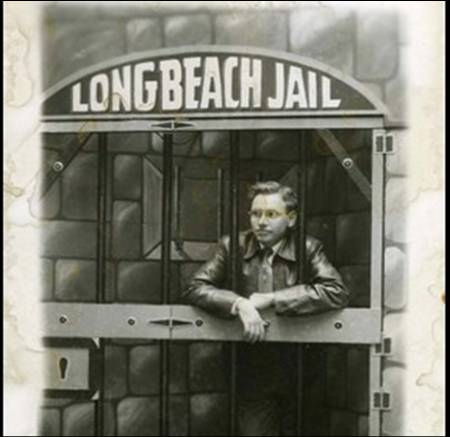Many years ago, Seth Klarman wrote a book titled “Margin of Safety: Risk-Averse Value Investing Strategies for the Thoughtful Investor.” It is now out of print, and copies sell for thousands on eBay, etc. This marks our first installment of portfolio construction & management highlights extracted from this book. We begin this series not with Chapter 1, but more appropriately with Chapter 13 which discusses “Portfolio Management and Trading.” In Part 1 below, Klarman offers some differentiated insights on portfolio liquidity and cash flow.
Portfolio Management, Liquidity, Cash, Catalyst, Duration, Mistakes, Expected Return, Opportunity Cost
“All investors must come to terms with the relentless continuity of the investment process. Although specific investments have a beginning and an end, portfolio management goes on forever.”
“Portfolio management encompasses trading activity as well as the regular review of one’s holdings. In addition, an investor’s portfolio management responsibilities include maintaining appropriate diversification, making hedging decisions, and managing portfolio cash flow and liquidity.”
“Investing is in some ways an endless process of managing liquidity. Typically an investor begins with liquidity, that is, with cash that he or she is looking to put to work. This initial liquidity is converted into less liquid investments in order to earn an incremental return. As investments come to fruition, liquidity is restored. Then the process begins anew.
This portfolio liquidity cycle serves two important purposes. First…portfolio cash flow – the cash flowing into a portfolio – can reduce an investor’s opportunity cost. Second, the periodic liquidation of parts of a portfolio has a cathartic effect. For many investors who prefer to remain fully invested at all times, it is easy to become complacent, sinking or swimming with current holdings. ‘Dead wood’ can accumulate and be neglected while losses build. By contrast, when the securities in a portfolio frequently turn into cash, the investor is constantly challenged to put that cash to work, seeking out the best values available.”
Cash flow and liquidity management is not what usually comes to mind when one thinks about the components of portfolio management. “Investing is in some ways an endless process of managing liquidity.” It’s actually quite an elegant interpretation.
Diversification (when implemented effectively) assures that certain assets in the portfolio do not decline (relative to other assets) and are therefore able to be sold at attractive prices (if/when desired) with proceeds available for reinvestment. Hedges provide liquidity at the “right” time to redeploy when assets are attractively priced. Catalysts ensure duration (and cash flow) for an otherwise theoretically infinite duration equity portfolio. Duration also forces an investor to remain vigilant and alert, constantly comparing and contrasting between potential opportunities, existing holdings, and hoarding cash.
The spectrum of liquidity of different holdings within a portfolio is determined by the ability to transition between investments with minimal friction (transaction costs, wide bid-ask spread, time, etc).
“Since no investor is infallible and no investment is perfect, there is considerable merit in being able to change one’s mind…An investor who buys a nontransferable limited partnership interest or stock in a nonpublic company, by contrast, is unable to change his mind at any price; he is effectively locked in. When investors do no demand compensation for bearing illiquidity, they almost always come to regret it.
Most of the time liquidity is not of great importance in managing a long-term-oriented investment portfolio. Few investors require a completely liquid portfolio that could be turned rapidly into cash. However, unexpected liquidity needs do occur. Because the opportunity cost of illiquidity is high, no investment portfolio should be completely illiquid either. Most portfolios should maintain a balance, opting for great illiquidity when the market compensates investors well for bearing it.
A mitigating factor in the tradeoff between return and liquidity is duration. While you must always be well paid to sacrifice liquidity, the required compensation depends on how long you will be illiquid. Ten or twenty years of illiquidity is far riskier than one or two months; in effect, the short duration of an investment itself serves as source of liquidity.”
People often discuss the risk-adjusted return. However you define “risk,” it may make sense to consider a liquidity-adjusted return.
Liquidity affords you the luxury to change your mind. This not only applies to instances when you realize that you have made a mistake (preventing potential capital loss), but also helps minimize opportunity cost from not being able to invest in something “better” that materializes at a later date.





